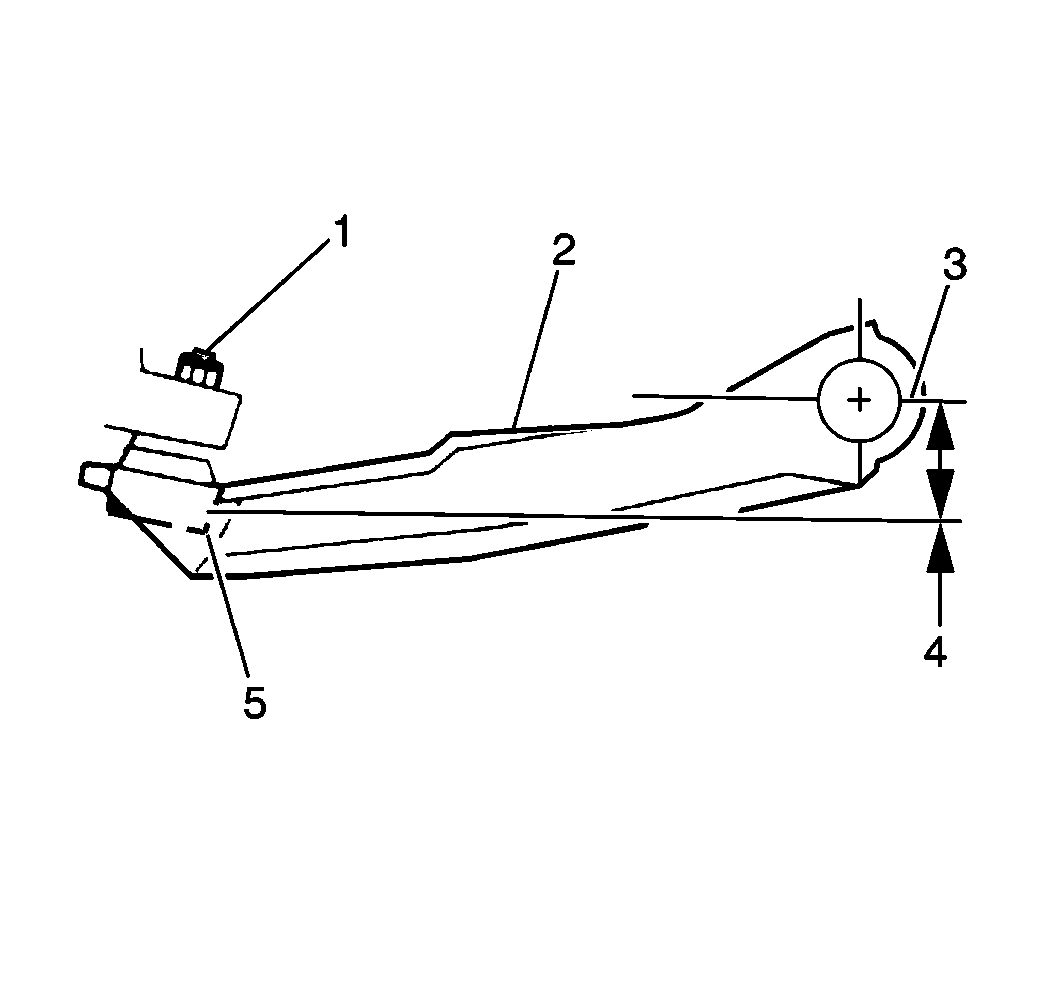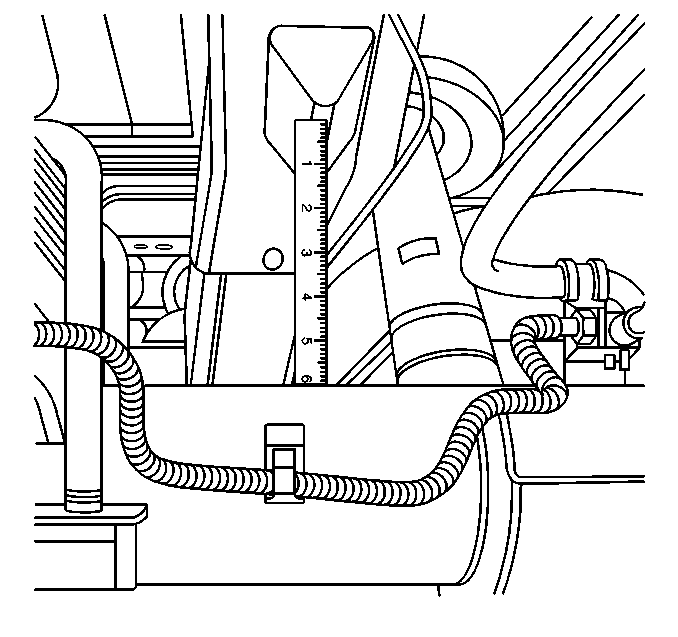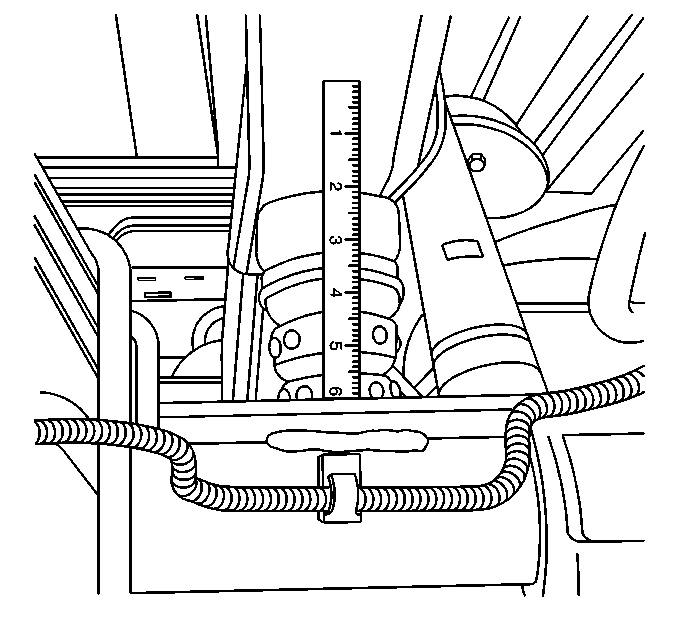For 1990-2009 cars only
Trim Height Measurements
Incorrect trim heights can cause bottoming out over bumps. Incorrect trim heights can cause possible damage to the suspension components and symptoms similar to those produced when there is a problem with the wheel alignment. Check the trim heights when diagnosing suspension complaints and before checking the wheel alignment.
Perform the following before measuring the trim heights:
- Set the tire pressures to the pressure shown on the tire placard. The tire placard is located on the driver's door.
- Check the fuel level.
- Add additional weight if necessary to simulate a full tank.
- Place the front seats in the full back position.
- Make sure the rear compartment is empty except for the spare tire and jack and simulated fuel load.
- Make sure the vehicle is on a level surface, such as an algnment rack.
- Close the doors.
- Close the hood.
- Close the rear compartment lid.
All dimensions are measured vertical to the ground. Trim heights should be within 13mm (0.5 in) to be considered correct.
Z Height Measurement
- Lift the front bumper of the vehicle up about 38 mm (1.5 in).
- Gently remove your hands. Let the vehicle settle.
- Repeat this operation for a total of 3 times.
- For all vehicles, measure from the pivot bolt center line (2) down to the lower corner (5) of the steering knuckle (1) in order to obtain the Z height measurement (4).
- Push the front bumper of the vehicle down about 38 mm (1.5 in).
- Gently remove your hands.
- Allow the vehicle to rise.
- Repeat the operation for a total of 3 times.
- Measure the Z dimension.
- The true Z dimension number is the average of the high and the low measurements. Refer to Trim Height Specifications .

D Height Measurement
- With the vehicle on a flat surface, lift upward on the front bumper 38 mm (1.5 in).
- Release the front bumper.
- Repeat Steps 1 and 2 two more times.
- Measure the D height by measuring the distance between the rear axle and the jounce bumper (without Auxiliary Springs only).
- Measure the D height by measuring the distance between the rear axle and the frame (with auxiliary springs only).
- Push the front bumper downward to 38 mm (1.5 in).
- Release the front bumper.
- Repeat Steps 4 and 5 two more times.
- Measure the D height by measuring the distance between the rear axle pad and the frame.
- Average the two D height measurements in order to determine the true D height measurement. Refer to Trim Height Specifications .
- If these measurements are out of specifications, inspect for the following conditions:
Let the vehicle settle into position.
Allow the vehicle to settle.


Let the vehicle settle into position.
Allow the vehicle to settle.
The rear suspension trim height should not exceed 13 mm (0.5 in) from side to side.
| • | Sagging rear leaf springs. Refer to Leaf Spring Replacement in Rear Suspension. |
| • | Sagging front suspension. Refer to Front Coil Springs Replacement in Front Suspension. |
| • | Worn rear suspension components, such as leaf spring bushings. Refer to Spring Bushing Replacement in Rear Suspension. |
| • | Improper tire inflation. Refer to Tire Inflation Pressure Specifications in Maintenance and Lubrication. |
| • | Improper weight distribution. |
| • | Collision damage. |
